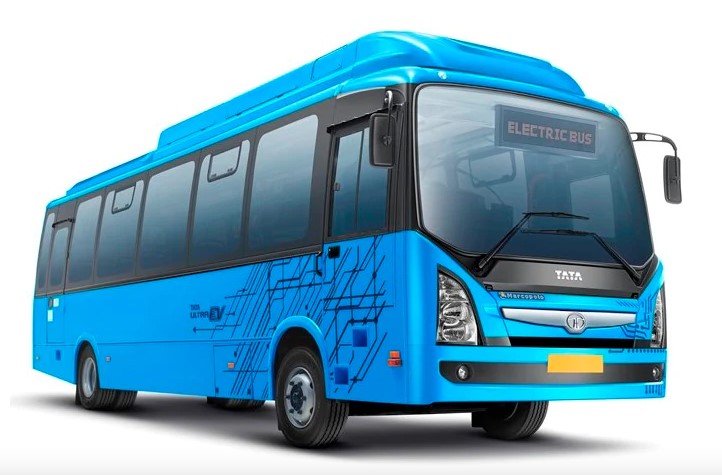Harley-Davidson appears to be working on forced induction of its future V-Twin engines, as its latest patent applications show. Patent applications show a supercharged engine with a belt-driven supercharger located directly above the gearbox and directly behind the rear drum of the v-twin engine. The supercharger is driven by a crank belt. When air enters the intake system through the filter, the supercharger driven by the reel compresses the incoming air before it is delivered to the combustion chamber through the intake manifold. But there is also a belt tension self-tensioning system, which uses a small spring to automatically adjust the belt tension.rnrnThe text in the patent filing describes it as a "disclosure relates to the mounting of a supercharger on an internal combustion engine." The filing also goes on to state that "before any embodiments of the disclosure are explained in detail, it is to be understood that the disclosure is not limited in its application to the details of construction and the arrangement of components set forth in the following description or illustrated in the following drawings. The disclosure is capable of other embodiments and of being practiced or of being carried out in various ways."rn
rn
rnrn
 Patent images show the working of the supercharger on the v-twin engine
Patent images show the working of the supercharger on the v-twin enginernrn
rn
rnSo what does fine print mean? And what does Harley-Davidson plan to do with patenting the supercharged V-twin engine? One line of thought is that the system could be used to help the brand's future V-Twin engines meet stringent emissions regulations for years to come. The other line of thinking is that while supercharging an engine can help make it cleaner, it can also make it the ideal part of after-sales service, which can provide customers with a proven solution to get better performance from their engines.rnrn
Also Read: Government issues of ₹ 212 crore to purchase electric buses under the FAME schemernrn
Also Read: Triumph Tiger 850 Sport 2021 launched in India; At a price of Rs 11.95 lakh
Author: Tanya Bhargava
Bike Blogger & Moto Content Creator. Tanya Bhargava is a passionate two-wheeler expert with 6+ years of experience in reviewing scooters, commuter bikes, and performance motorcycles. Her content blends real-world ride reviews, buyer guides, and industry updates tailored for Indian riders.
 Patent images show the working of the supercharger on the v-twin enginernrn
Patent images show the working of the supercharger on the v-twin enginernrn Patent images show the working of the supercharger on the v-twin enginernrn
Patent images show the working of the supercharger on the v-twin enginernrn









